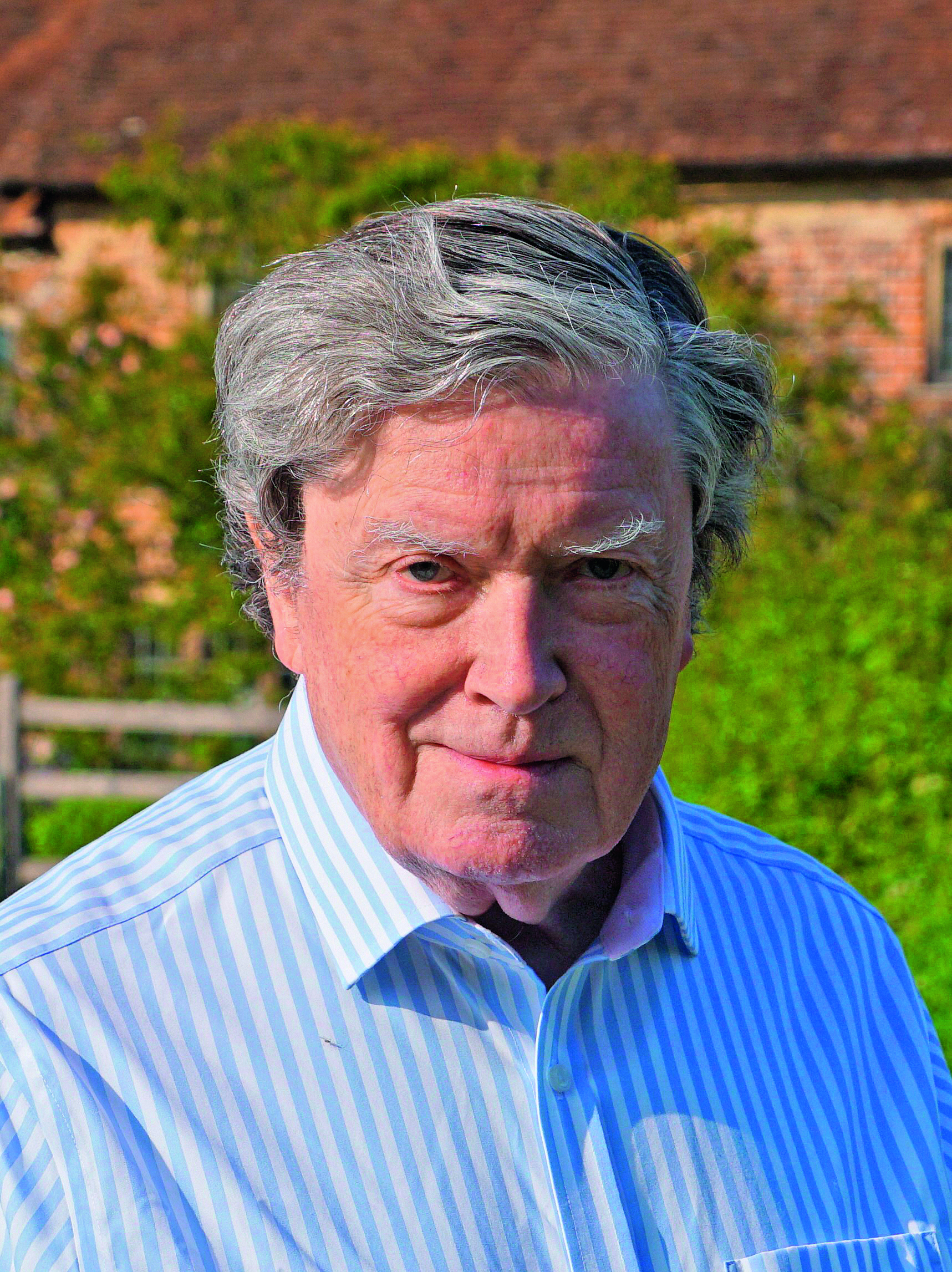The pinnacle of the English style of gardening, as fine today as it was a century ago
Charles Quest-Ritson has just returned to Great Dixter for the first time in years — and it's 'the high point of all my garden visiting for a long time. I cannot recommend it too highly'.
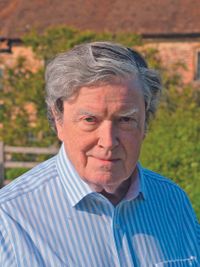
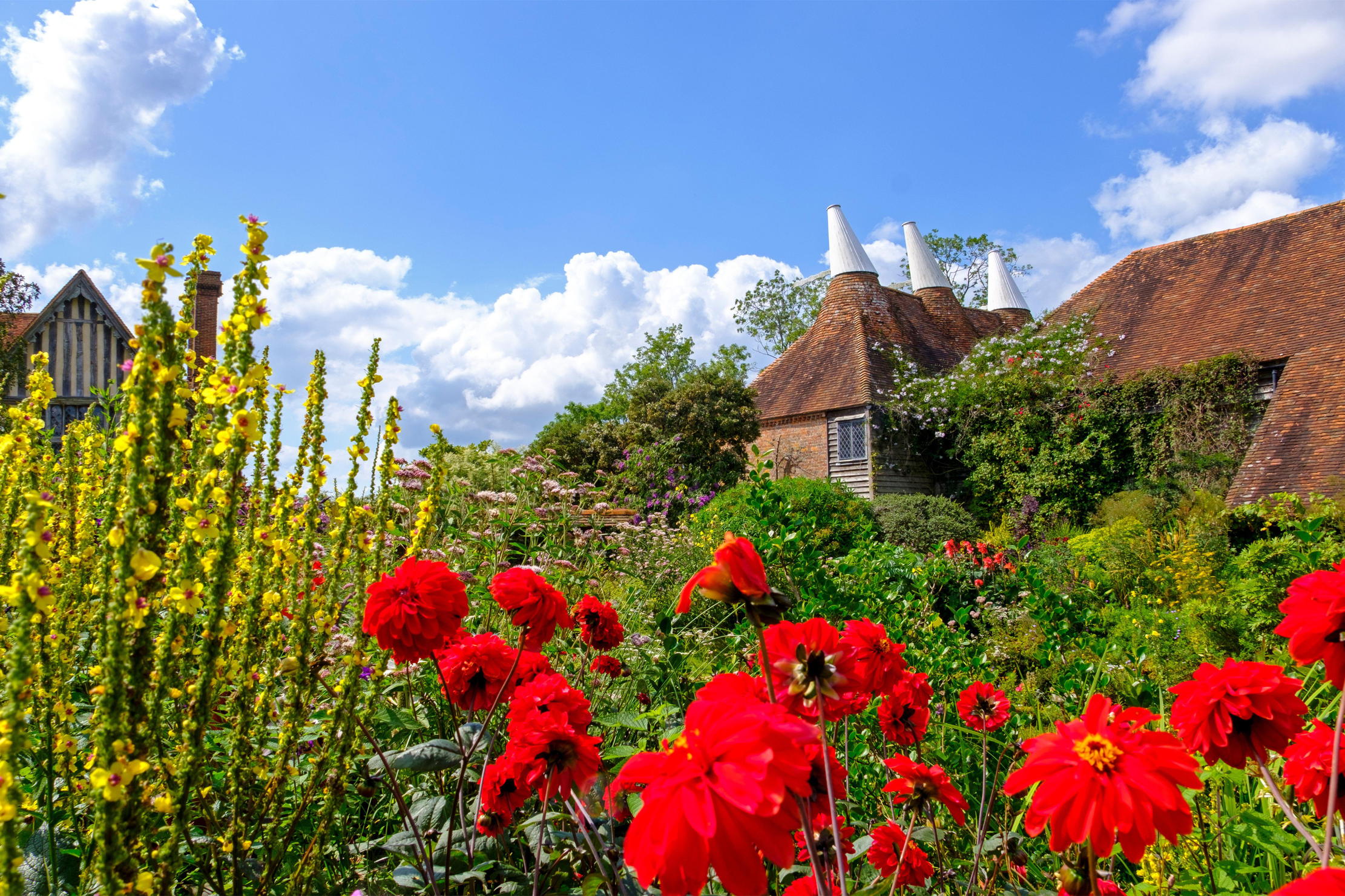
Great Dixter in East Sussex means inspirational gardening — and has done for more than 100 years. Plants, design and artistry come together in a manner unparalleled in any other garden that I have visited or heard of. Country Life readers know it well through the weekly columns of Christopher Lloyd, from 1962 until his death in 2006. His influence on sophisticated garden owners cannot be overstressed.
The house was assembled and the garden first laid out, shortly before the First World War, by Christopher’s father Nathaniel Lloyd, who wrote a book about topiary. It was called Garden Craftsmanship in Yew and Box and was published 100 years ago in 1925. Reprints are still available from your favourite online bookseller.
I first visited Great Dixter in October 1970 and met Lloyd Snr’s widow — rather a forthright old lady who wanted to show me her giant Turkish turban gourds. Nothing was said about the spectacular plants of cannabis that their son grew in tubs outside the front door. Cannabis was still a popular bedding plant at the time, although I was later told that the specimens at Great Dixter were well known to students at the University of Sussex.
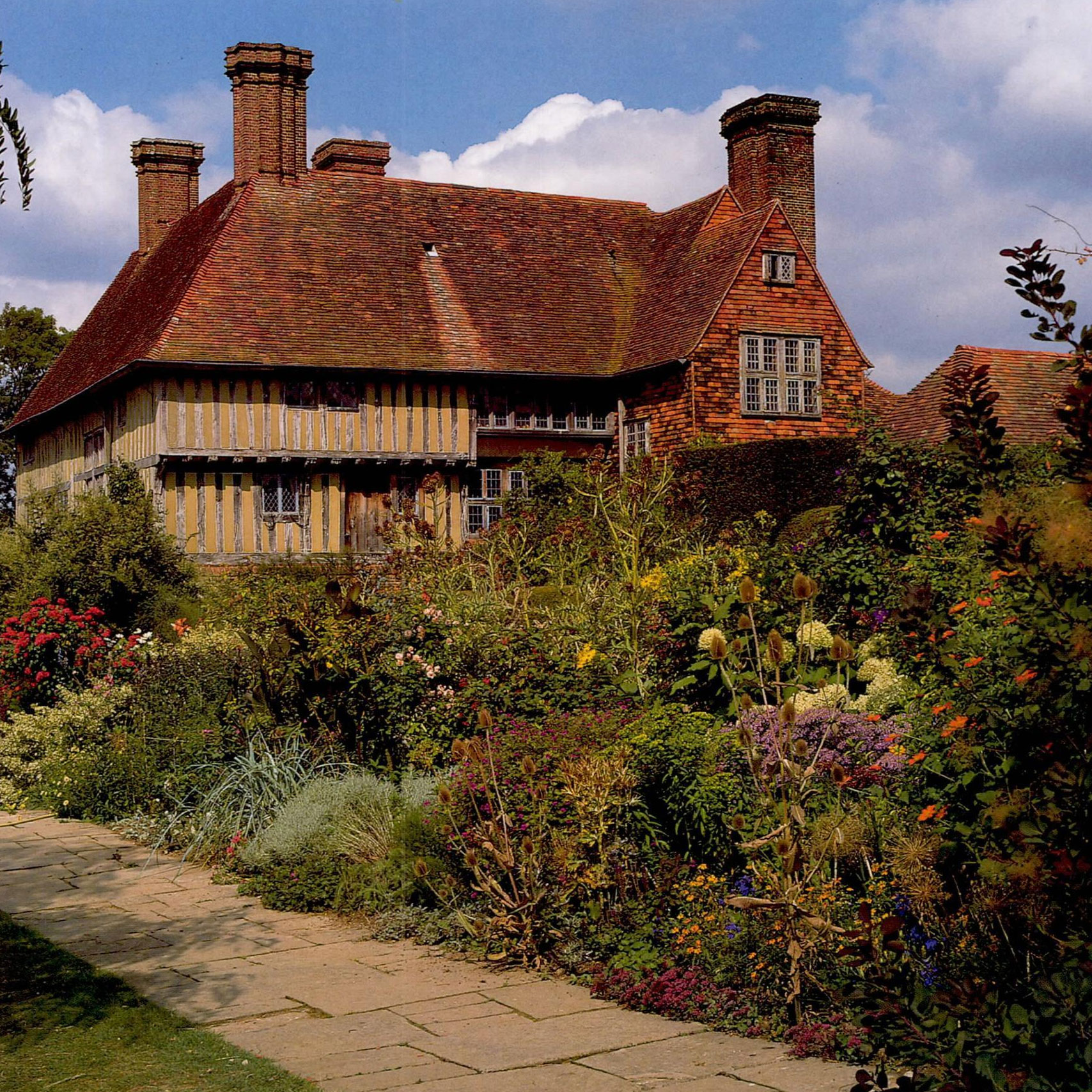
Great Dixter as it appeared in Country Life magazine in 1995.
My interest in Great Dixter had been aroused by the younger Lloyd’s highly successful book The Well-Tempered Garden, which had just been published. It was based in part upon his essays in Country Life and it taught me the basis for using and choosing plants. It was one of two publications that set me on the road to becoming a keen gardener — the other was Russell Page’s The Education of a Gardener. Both remain as constant sources of inspiration more than 50 years on.
I never knew Lloyd well enough to call him ‘Christo’, as so many of his friends still do. He was one of those people who could be both kind and unkind, and I remained in awe of him and his wisdom, although I was pleased to see some of my own books in his study on a visit about 20 years ago. Friends remember him as excellent company, rather opinionated, but a generous host, a fine cook and a lover of chamber music and Lieder.
'Cannabis was still a popular bedding plant at the time, although I was later told that the specimens at Great Dixter were well known to students at the University of Sussex'
I have continued to visit Great Dixter over the years, piqued or intrigued, first by Lloyd’s column and latterly by reports of changes wrought by his visionary heir, Fergus Garrett. I felt that Lloyd’s destruction of his rose garden had been a mistake because, had he chosen to seek out newer cultivars than the black-spotted oldies he decried, he could have enjoyed more and better roses for years to come. I have also never seen better-grown examples of those period beauties ‘Madame Butterfly’, dating to 1918, and its descendant ‘Chanelle’, introduced in 1959.
Nevertheless, such was the power and influence of Lloyd’s writings that members of the rose trade still blame him for the decline in their popularity. In fact, there are many roses at Great Dixter, even in the Exotic Garden, and they are one of its glories in due season. Anyone with a garden in London should study the plants in the Exotic Garden, which is a model of how to create a glorious jungle of shapes and colours in a small space.
Exquisite houses, the beauty of Nature, and how to get the most from your life, straight to your inbox.
Not all changes have been an improvement. Lloyd Snr’s topiary garden was the perfect foil to his pseudo-ancient house. It was photographed time and again as an example of how the shapes of clipped yews could suggest an English idyll of antiquity. Their bulky forms were grounded in a fine, flat lawn, a symbol of civilisation that stood in contrast to the wild landscapes beyond the garden’s boundaries.
Alas, the work of nearly a century has been undone and the grass allowed to grow to create a meadow, quite inappropriate as a context for the topiaries, creating a wilderness far too close to the house. Perhaps the time will come when this rewilding is seen to have been a trendy mistake and the elegant lawns will be restored.
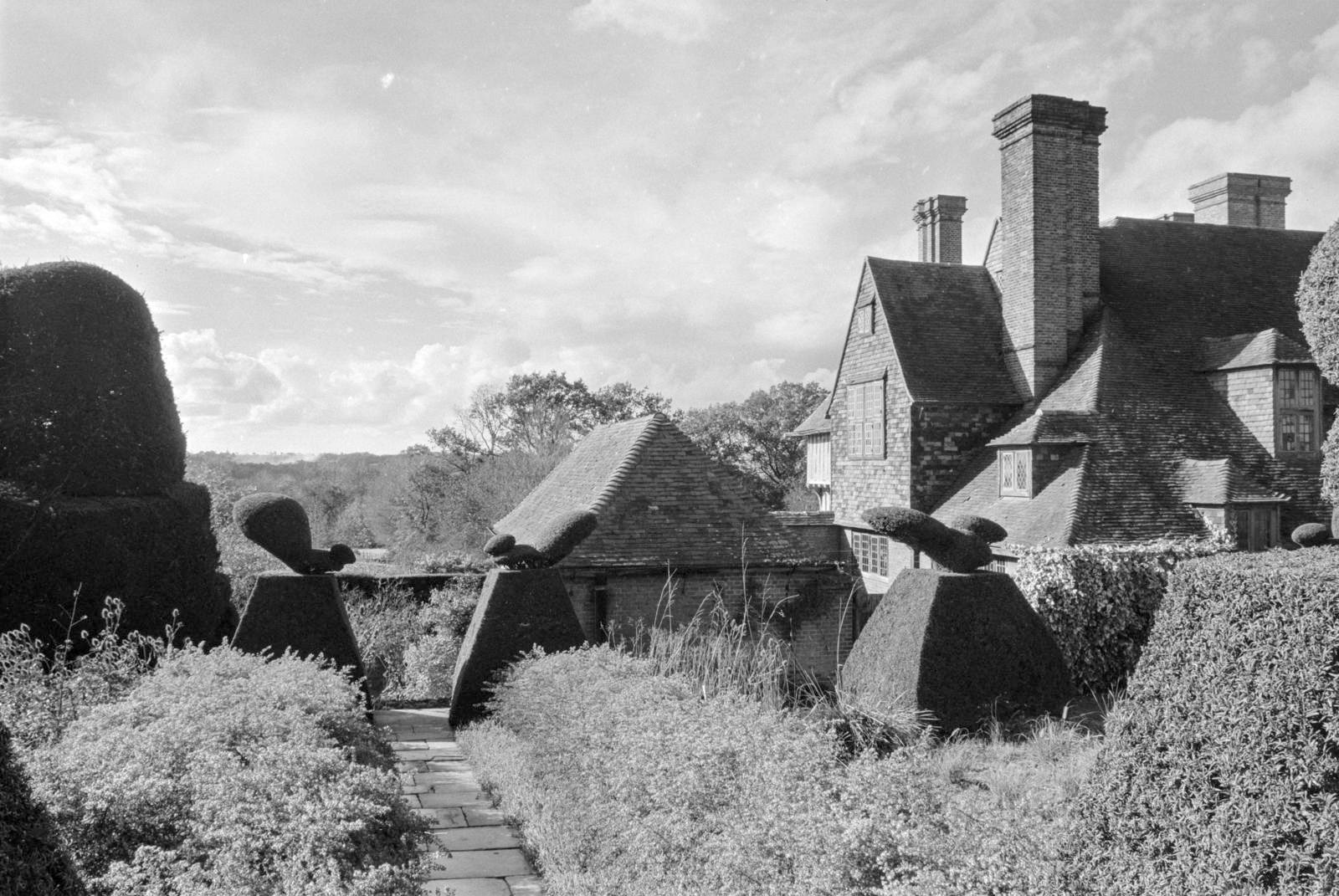
Great Dixter has appeared in Country Life many times since the magazine was launched in 1897.
I remember that I was puzzled, on that first visit 55 years ago, by Great Dixter’s Long Border. Lloyd experimented constantly with the way he chose to combine and display its plantings, but, back in 1970, I thought the reality did not conform to the vision I had conjured from his writings — a series of contrasts and harmonies of shapes and colours that would guide and inspire me in my own first garden. It got better on subsequent visits: I took innumerable photographs of it, section by section, and studied them when I got home.
Under Fergus’s guidance, however, its plantings are the best I have ever seen — brilliant combinations of form and colour throughout the seasons. Visiting gardens has been part of my job for many years, but my latest trip to Great Dixter, last month, was the high point of all my garden visiting for a long time. I cannot recommend it too highly to anyone who wants to learn how to garden in the style in which the English have for so long excelled.
Charles Quest-Ritson’s book The Olive Tree (Ediciones El Viso, £50) is out now
Charles Quest-Ritson is a historian and writer about plants and gardens. His books include The English Garden: A Social History; Gardens of Europe; and Ninfa: The Most Romantic Garden in the World. He is a great enthusiast for roses — he wrote the RHS Encyclopedia of Roses jointly with his wife Brigid and spent five years writing his definitive Climbing Roses of the World (descriptions of 1,6oo varieties!). Food is another passion: he was the first Englishman to qualify as an olive oil taster in accordance with EU norms. He has lectured in five languages and in all six continents except Antarctica, where he missed his chance when his son-in-law was Governor of the Falkland Islands.
